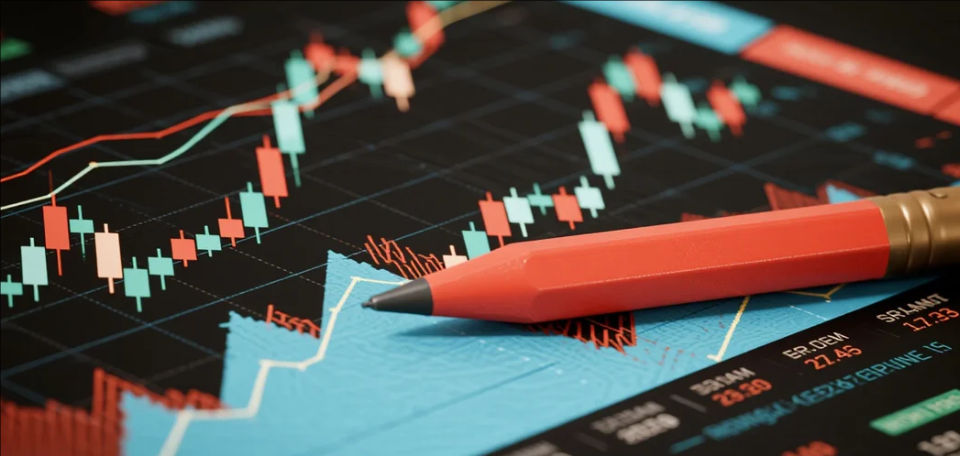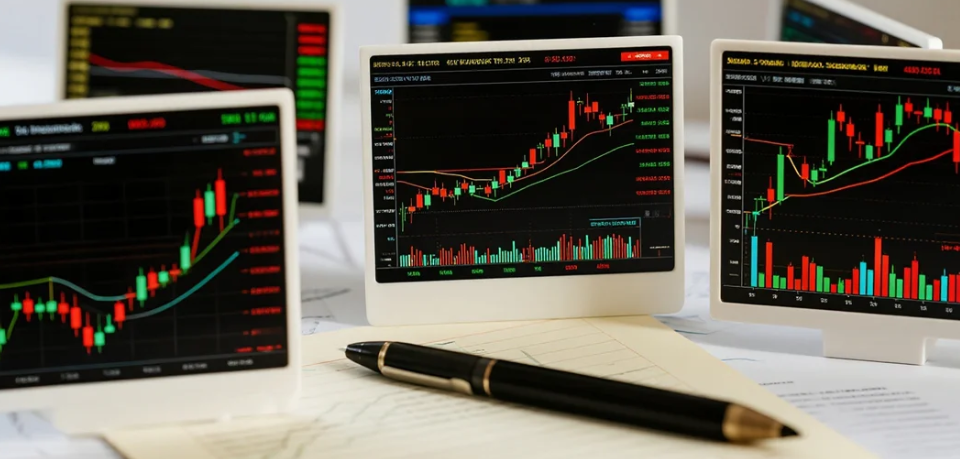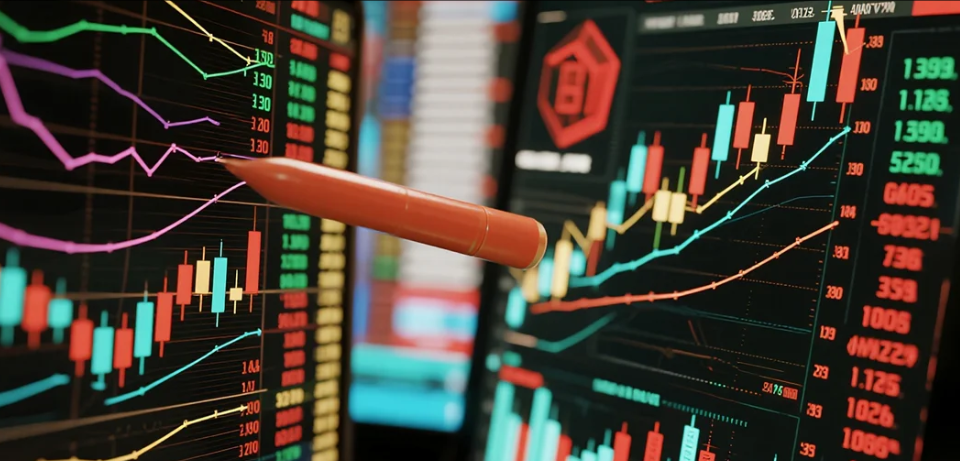
Sector and Industry Selection Techniques
When selecting sectors and industries, we must first respect industry development trends and cycles, aligning with upward trends and capturing high-growth periods during prosperous cycles. Timing buy/sell decisions should also consider overall market trends and hot sector rotations.
The primary criterion for industry selection is sector prosperity. In recent years, high-growth sectors include: new energy vehicles, medical aesthetics, defense, semiconductors, chips, East Data West Computing, operating systems, agriculture, biopharmaceuticals, photovoltaics, unified national market, and traditional Chinese medicine - these sectors frequently produce multi-bagger stocks.
Below are operational techniques for these sectors:
New Energy Vehicles: This decade-long high-growth sector has produced many star stocks across batteries, materials, and components, with active cyclical speculation. Concepts like "God Battery," "God EV," and others demonstrate the sector's prosperity and rotational characteristics. Focus on monthly/quarterly/annual sales data and market share to understand cycles. Track raw material prices closely. Finally, combine with technical analysis for phased trading around major trends.
Medical Aesthetics: Still in early development domestically, the market is expanding rapidly. In the era of appearance economy, procedures like plastic surgery and minimally invasive treatments appeal to younger generations. Industry reports show over 30% annual growth, with leaders exceeding 50%. Focus on capturing major trend opportunities.
Defense and Agriculture: As national security essentials, especially defense which bears responsibilities like territorial integrity and national rejuvenation. These sectors suit phased allocation following broader market trends. Stock selection criteria: earnings growth + core products + proprietary technology.
Semiconductors and Chips: These see speculative cycles approximately every two years, driven by import substitution, demand growth, and price increases. Closely monitor industry news and national investment fund activities.
East Data West Computing, Operating Systems, Biopharmaceuticals, Photovoltaics, Unified National Market, and Traditional Chinese Medicine are primarily policy-driven. Trading these requires close attention to news catalysts.
Financials (Banks, Insurers, Brokers) and Industry Leaders move with market rhythms: brokers typically lead bull markets with substantial gains, while showing rotational performance in bears. When financials and leaders rebound collectively after sustained declines, it often signals the end of a correction or impending market reversal.
Oversold Sectors require monitoring external influences. For example, the education sector's short-term rally after extreme declines was triggered by an overseas-listed education stock's 7-8x surge, similar to previous Chinese ADR movements. Retail investors should exercise caution with such news-driven sectors.
















